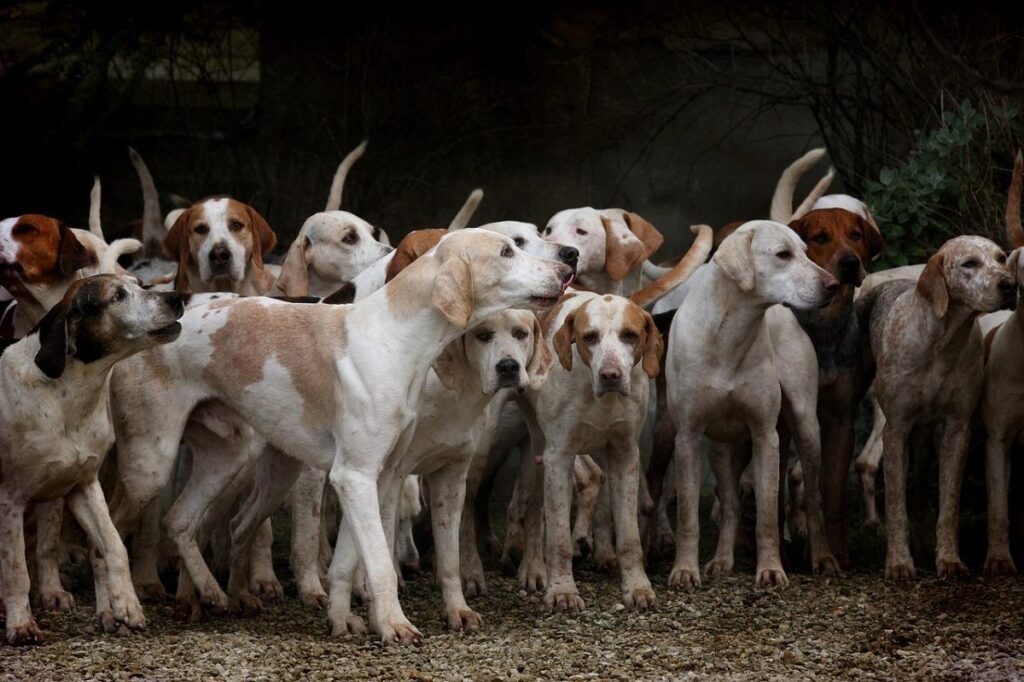As authorities reveal 19 people at a California music festival contracted Valley fever, a company making a Valley fever vaccine for dogs is set to receive federal funding to develop similar protection for humans.
Meanwhile, a recent study shows how climate change is driving the spread of Valley fever, making it clear the disease is a One Health challenge in which the health of humans, animals, and the environment are deeply intertwined.
“Valley fever (coccidioidomycosis) is a lung infection caused by Coccidioides, a fungus that lives in the soil. The fungus is found in the Pacific Northwest and southwestern United States, and parts of Mexico, Central America, and South America,” and its range has been spreading, according to the Centers for Disease Control and Prevention (CDC).
While some people do not get sick from breathing the spores of the Coccidioides fungus, others may get a cough and fever, with symptoms often confused with pneumonia. In rare cases, the infection can spread and become deadly. The disease usually resolves itself but severe cases are treated with antifungals.
Is climate change increasing the risk of Valley fever?
Nationwide, the number of Valley fever cases increased nearly 10-fold, from 2,271 cases in 1998 to 20,202 cases in 2021, according to the CDC.
Valley fever sickened at least 19 people who attended the Lightning in a Bottle music festival in California in May, state authorities confirmed. It’s part of a surge in California, which had 9,000 cases last year and more than 5,000 by July 1 of this year, according to the California Department of Public Health.
The increase in California cases—and the growing range of the fungus—is apparently due to changing climate patterns, particularly drought.
“California’s increasing drought risk, driven by global climate change, is expected to worsen with more frequent droughts and potential megadroughts,” according to a study to be published in the October edition of The Lancet Regional Health – Americas. “Our findings, combined with recent research on drought’s impact on coccidioidomycosis incidence, suggest that these changing climate patterns will affect both disease rates and seasonal patterns.”
As for current seasonal patterns, California officials are warning that the risk of Valley fever infection rises in the late summer and early fall.
Could a dog vaccine help people?
Valley fever is more dangerous for dogs, who are close to the ground, more likely to sniff the airborne Coccidioides fungus, and often become quite ill from the disease.
Anivive Lifesciences, a member of the Biotechnology Innovation Organization (BIO), has been seeking to help. They developed a vaccine for dogs that is currently being reviewed by the U.S. Department of Agriculture (USDA) Center for Veterinary Biologics.
“What typically happens in dogs particularly is that they develop pneumonia, and then if they go undiagnosed, or if they don’t respond to current treatment, then about 25% of infected dogs develop disseminated disease, meaning that the fungus leaves the lung and goes to other parts of the body,” Dave Bruyette, chief medical officer of Anivive Life Sciences said on a recent episode of the I am BIO Podcast.
Anivive’s vaccine for dogs would be the first vaccine against Valley fever—or any other kind of fungal disease—for any species. Now, the federal government wants Anivive to make a version for people, according to the Arizona Bioindustry Association (AZBIO).
The National Institute of Allergy and Infectious Diseases (NIAID), part of the National Institutes of Health, awarded Anivive a contract worth up to $33 million to support the development of a Valley fever vaccine for humans.
The Anivive vaccine proved to provide a high level of protection for dogs in a 2021 study, and developers are working on bringing an adapted version for humans to clinical trial, according to the University of Arizona.
“Anivive is honored to receive this NIAID contract, which will greatly accelerate our efforts to commercialize a vaccine to protect people against Valley fever,” Dr. Edward Robb, Chief Strategy Officer at Anivive Lifesciences, tells AZBIO. “This collaborative effort has delivered a significant step forward in the field of vaccinology and holds the potential to be the first vaccine to prevent a serious systemic fungal infection common to humans and animals.”




